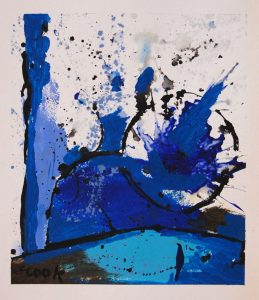“He died for us too”
With movements centered around racial equality and an end to racism and bigotry such as the “Black Lives Matter” still very much alive, well, and needed, even 53 years after the Civil Rights Act went into effect, one must ask themselves…”Why?”
Why does it take a set of activists and movement makers to bring to our attention that black lives matter as much as any others?
Why haven’t people of color been treated with the liberties, freedoms, and privileges that their white sisters and brothers have enjoyed without thought or consideration?
Why does the color of one’s skin, the amount of money in their wallet, their country of origin, who they love, or their racial background take away from their identity as an image bearer of God, and a redeemed child of the One True King?
When I look at this painting I am struck by the white feet of Jesus, pierced by nails and bleeding out from the cross. The title of this painting is “Died for us“. I am struck by the truth that sometimes we all need a reminder of who all “us” includes. “Us” means all of our brothers and sisters; especially those who don’t look and think like we do.
For God so loved…
- The homeless
- The Sick
- People of color
- The Elderly
- People in poverty
- Refugees
- Widows
- Orphans
…The World that He gave His one and only Son; that whoever believes in him would not perish, but have eternal life.
“Us” means that we see the image of God in our brothers and sisters no matter what…and that we love, care for, respect, and protect them as if we were protecting our very selves. What a wonderful world it would be if this held true for us all.

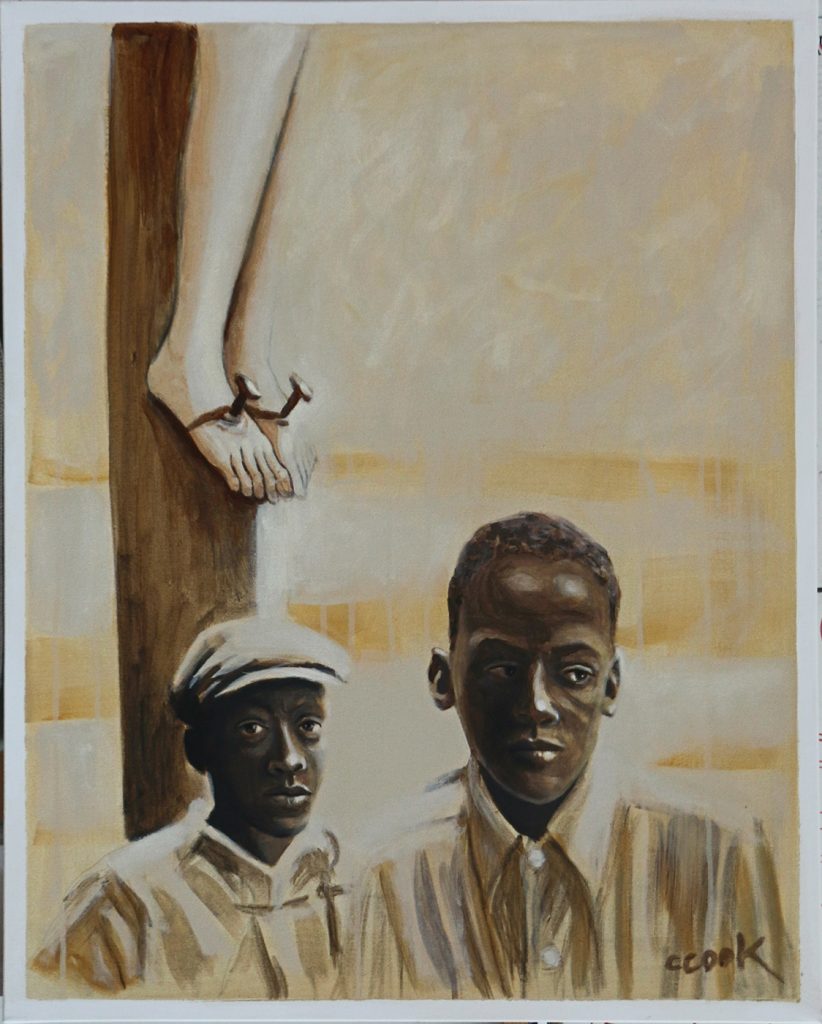
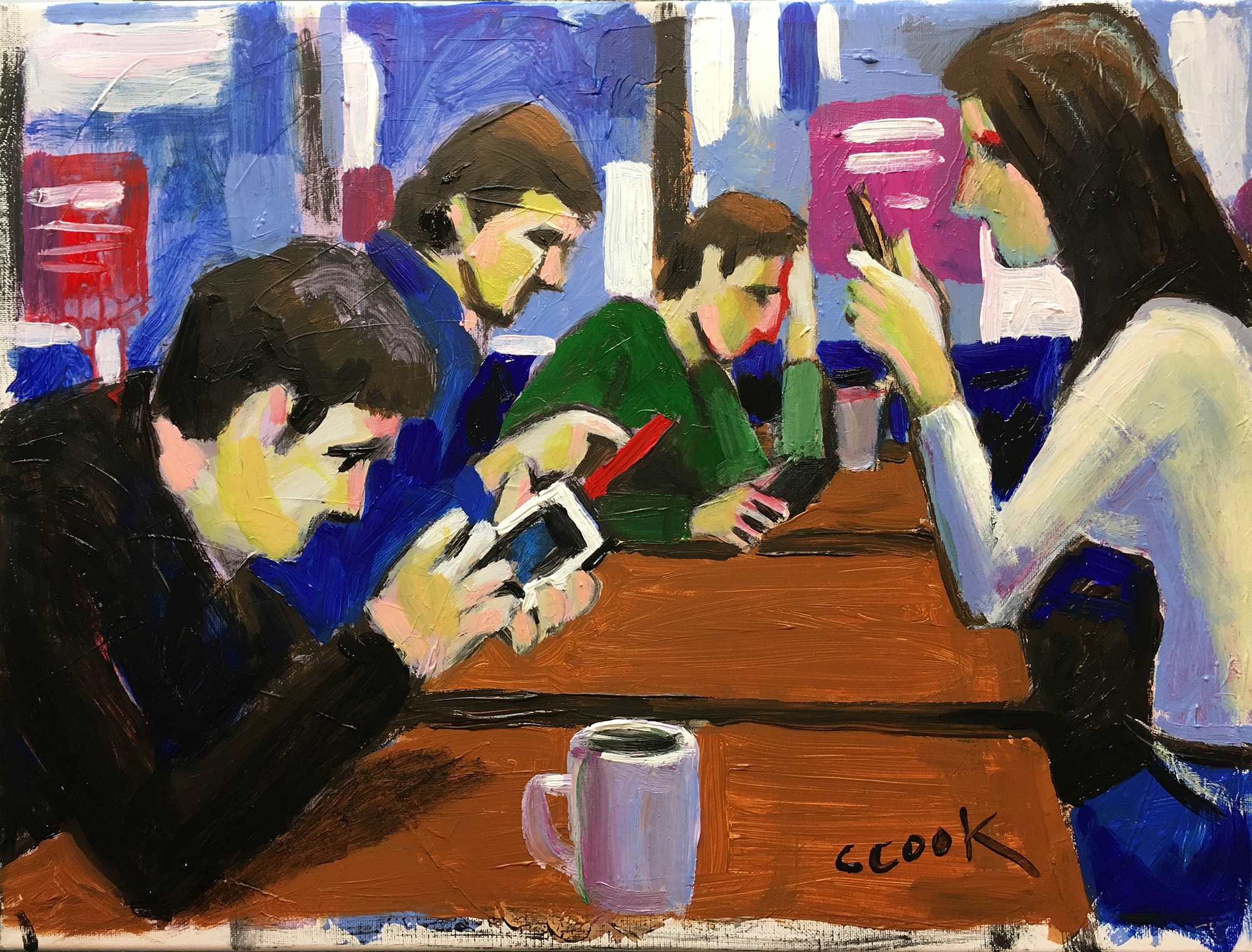


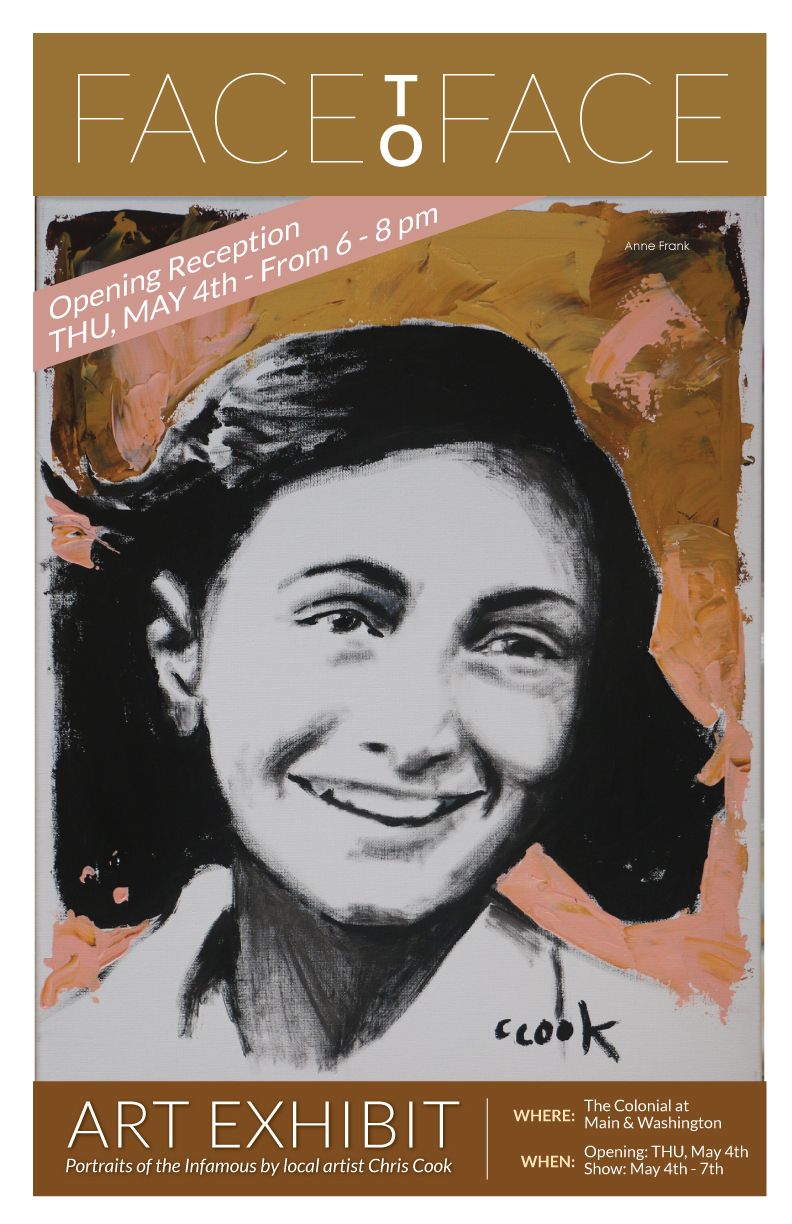


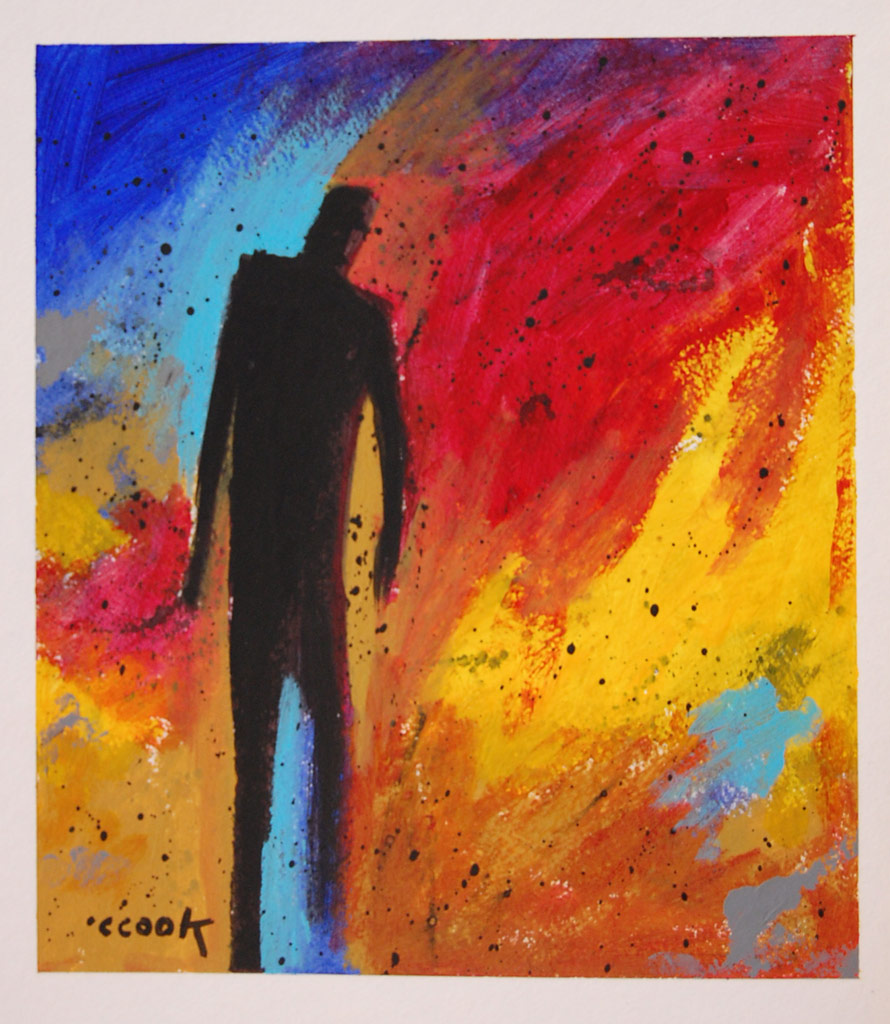
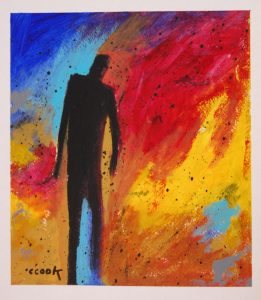

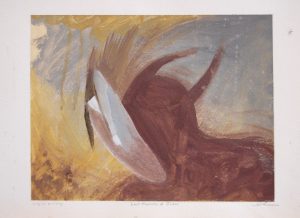

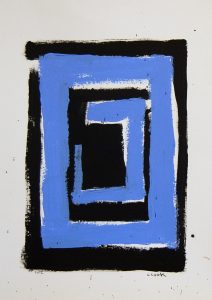
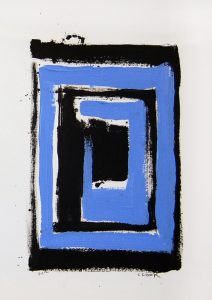 As I write this post, a recent memory springs up in my mind. Earlier this year, my dad had an art show at the Steffen Thomas Museum focused on Christian Art. One afternoon, Chris and I decided to go over there so I could look at his show. I am always amazed at my dad’s art and this was no exception. As we went from painting to painting, I could not imagine the countless hours he spent on each one of these paintings.
As I write this post, a recent memory springs up in my mind. Earlier this year, my dad had an art show at the Steffen Thomas Museum focused on Christian Art. One afternoon, Chris and I decided to go over there so I could look at his show. I am always amazed at my dad’s art and this was no exception. As we went from painting to painting, I could not imagine the countless hours he spent on each one of these paintings.
